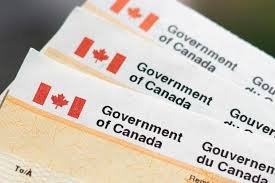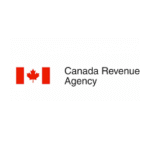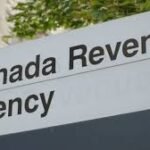If you receive a CRA review letter, it signals that the Canada Revenue Agency (CRA) is asking for more information about your tax return.
A review is not the same as an audit; it is often a routine check.
This article explains what a review letter means, the types of reviews CRA conducts, what steps you should take, typical timelines, and tips to respond effectively.
What is a CRA review letter?
A CRA review letter notifies you that your income tax return has been selected for review.
The letter will request additional documentation (receipts, statements, proof of deductions, etc.) related to specific items on your return.
CRA carries out millions of reviews each year, typically to confirm that amounts for income, credits, or deductions are supported by records.
CRA emphasizes that “review” does not necessarily imply wrongdoing. Most reviews are routine, and many returns are selected randomly.
Types of CRA review programs
CRA has multiple review mechanisms under which they might issue a letter.
Some common review programs include:
- Pre-assessment Review Program: Review before Notice of Assessment is issued.
- Processing Review Program: Review after assessment, but during normal processing.
- Request Verification Program: Review of submitted changes or adjustments.
- Refund Examination Program: Reviews focused on refund claims to ensure eligibility.
- Matching Program: CRA compares your return data with third-party data (e.g., T4, T5 slips) to find discrepancies.
Each program has different triggers and may focus on different parts of your tax return.
Why did you get a review letter?
Your return could be flagged for review for several reasons:
- Data inconsistencies between what you reported and what CRA or third parties have on file (e.g., a slip, another return).
- Large or unusual claims for deductions or credits (for example, medical, moving, tuition, rental expenses).
- Self-employment or side income that is harder to verify.
- Repetitive errors or past adjustments in previous years.
- Random selection. CRA reviews about 3 million returns annually.
Steps to do when you receive a CRA review letter
- Read the letter thoroughly
Note the reference number (case number) at the top, the tax year in question, and exactly what CRA is asking for. - Gather the requested documents
Collect all receipts, slips, records, contracts, or explanations that support your claims. If you cannot find a specific document, you can provide a detailed written explanation. - Submit your response on time
There is usually a 30-day deadline to respond, as indicated in the letter. If you need more time, contact CRA using the phone number included in the letter. - Use CRA’s online “Submit documents” tool
You or your authorized representative can upload scanned documents via My Account or Represent a Client, referencing your review case number. - Keep copies and track communication
Retain copies of all submitted documents and note dates when you respond or call CRA, along with the name or ID of the CRA agent. - Follow up if needed
If you don’t hear from CRA after a reasonable period, you may call the number in the letter or use CRA’s general enquiry lines.
What happens after you respond
- CRA will review the information you provided. If satisfied, they will complete their review without adjusting your return.
- If they find discrepancies, they may issue a notice of reassessment explaining changes to your return.
- You will receive a letter or notice telling you the outcome and any tax owing or refund adjustment.
- If you disagree with the reassessment, you have a right to file an objection (appeal) within 90 days (or other prescribed period).
Timelines and delays
- CRA does not guarantee that reviews will be completed quickly. Backlogs or complexity may introduce delays.
- Some reviews may take several weeks to months, depending on the volume and complexity of documentation requested.
- Be aware that if you fail to respond within the deadline, CRA may adjust your return based on the information it already has.
How to respond effectively
- Respond as fast as you can. Timeliness helps avoid adverse adjustments.
- Provide clear, legible copies of documents.
- Use bundles: label, index, and match documents to the line item CRA is asking about.
- Be honest. If you genuinely don’t have a receipt, explain why and provide alternative evidence.
- If uncertain, consider getting help from a tax professional.
- Maintain records: Always keep all tax records for at least six years, as CRA may audit or review years beyond the one under review.




